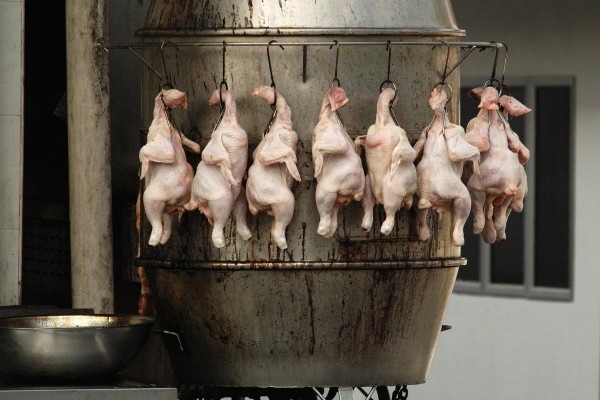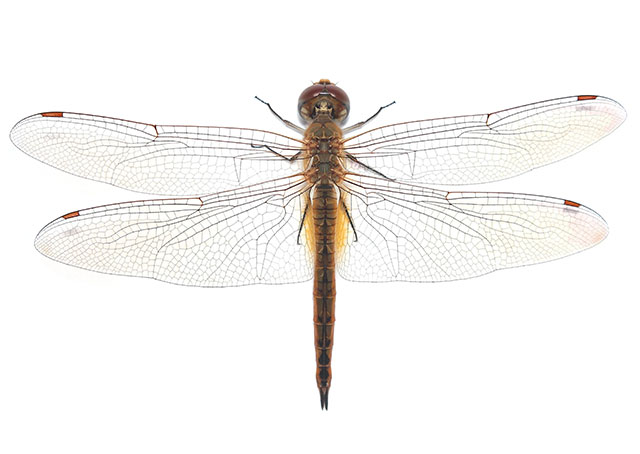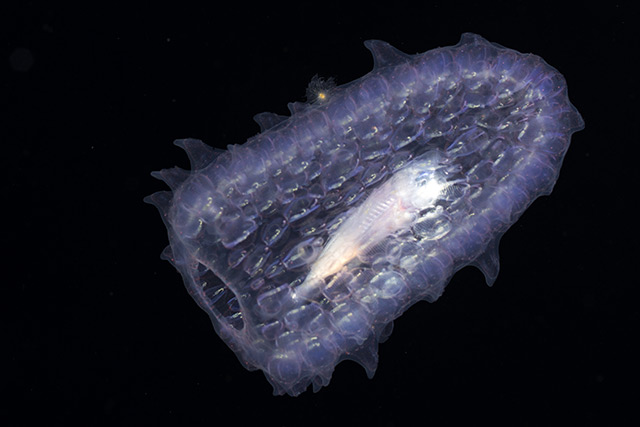Members of the Punjab Legislative Assembly in Pakistan recently expressed concerns that chicken feed imported from India had been found to be contaminated with pork meat. Though the claims had not been fully substantiated, they sparked immediate concern in a predominantly Muslim country, where for religious reasons, pork may not be consumed at all. Lawmakers in that country have called for an immediate ban on all imported feeds, and an emphasis on using locally produced feeds instead.
Though it is highly unlikely that such contaminated feed will make its way to U.S. shores, the incident once again highlights an important issue: We are what we eat, and when we eat chicken and other animal products we are also consuming whatever those animals have fed on.
The majority of consumers remain blissfully unaware of what “extras” they may be eating when they enjoy a delicious chicken dinner, but it is important to be conscious of this issue because there have been some hair-raising additions to chicken feed in the past. (RELATED: Knowledge is power when it comes to your health. Stay updated at Natural.news)
In fact, poultry farmers started using arsenic-based drugs in their chicken feed in the 1940s, with the full approval of the FDA. After ducking and diving the issue for 70 years, the FDA finally admitted in 2011 that chicken products could potentially be contaminated with arsenic, which is known to cause cancer and is fatal in high doses. Eventually, effective December 31, 2015, the agency withdrew approval for the use of any arsenic-based drugs in animal feed, including nitarsone (or Histostat). (RELATED: Ducking and diving is quite a recurring theme for the FDA. See what else they have been up to at FDA.news)
Though the addition of hormones in animal feed to accelerate growth has been banned since the 1950s, farmers still routinely add antibiotics to chicken feed to accomplish the same purpose. Shills for the poultry industry insist that this practice poses no risk to humans since there is a seven to 14-day “withdrawal” period in which no such antibiotics are administered to the chickens before they are slaughtered. The reality, however, is that the use of antibiotics in animal feed is fueling the development of antibiotic resistance.
Antibiotic-resistant bacteria, or superbugs, can enter the human food chain when we consume meat and other animal products, as well as through runoff from farms.
Such superbugs are one of the greatest threats faced by humans today. In September of 2016, Margaret Chan, director-general of the World Health Organization (WHO), made the statement that “the world is heading towards a post-antibiotic era in which common infections, especially those caused by gram-negative bacteria, will once again kill.” The reason? She explained, “The misuse of antimicrobials, including their underuse and overuse, is causing these fragile medicines to fail. The emergence of bacterial resistance is outpacing the world’s capacity for antibiotic discovery. Over the past half century, only two new classes of antibiotics reached the market.” [Emphasis added]
The FDA has reported that 80 percent of all antibiotics used in the U.S. are fed to farm animals.
The European Union was proactive in this regard, and banned the use of all antibiotics for growth-promotion purposes almost two decades ago, in 1999.
The Oxford Academic journal Clinical Infectious Diseases published a study in 2005, which investigated the routine use of antibiotics to promote animal growth. Researchers in that study found that if no antibiotics were added to animal feed, pork and poultry production would likely only decrease by a meager two percent, while human and animal health would dramatically improve because of the subsequent reduction in “the development and spread of antibiotic-resistant bacteria.”
It is clear that we as consumers need to be vigilant and pay attention to where our meat comes from and what the animals involved have been fed before reaching our plates. Three tips for sourcing safer meat are:
- Know exactly where the product came from;
- If the meat was imported or was fed imported grain, find out what the policies of the exporting country are with regard to animal feed; or
- Skip all the rigmarole and just buy local, organically grown meat (and other produce for that matter) that is grass fed and has not been subject to the administration of routine antibiotics.
The extra effort is well worth the return: your good health!
Sources:
TheHeartySoul.com
Natural.news
WHO.int
Academic.OUP.com
SustainableTable.org




















